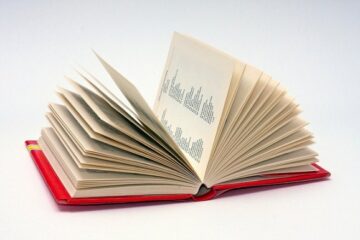SuDS (Sustainable Drainage Systems)
SuDS have been back in spotlight since the recent flooding across the UK. One significant factor in flooding is the mainly impermeable construction of urban development, this results in rainfall being directed straight to drains and surface water receptors instead of being allowed to seep in to soils as part of what would be a much slower migration in to groundwater and ultimately our surface waters. Urban sprawl is also a major cause of droughts for the same reason, rainwater does not get a chance to replenish our groundwater supplies as much as it could do if sensible drainage systems were being used.
SuDS are reportedly the answer, which I agree with although I welcome your opinion so feel free to comment at the foot of this post. SuDS retain rainwater and allow it to drain slowly into the ground or other natural receptors, avoiding the race most rainwater makes directly to rivers causing them to swell and flood during storm periods. Developers often don’t like SuDS as they often require open space, space which they can’t build on and therefore aren’t making a profit on. There is ‘middle ground’, developers like the incorporation of underground rainwater storage tanks which reduce the impact of storm surges to the drain systems, and these can be built below carparks and other structures with shallow foundations.
Contaminated Land
I expect that SuDS will change the contaminated land landscape significantly. When contaminated soil and groundwater are risk assessed, the assessors aim to identify everything which is at risk (the receptors) from that contamination. Contaminated materials are typically less of a risk when confined beneath impermeable layers, firstly there is no direct route for contamination to reach potential receptors above ground, and secondly the potential for contamination to migrate and pollute other areas is significantly reduced due to significantly lower volumes of rainwater moving through the soil which could wash contamination elsewhere. All this may be impacted by SuDS (which may not be a bad thing apart from the increase in clean-up costs).
Another part of the risk assessment is the identification of surface water receptors, the closer contamination is to a surface water receptor, the cleaner the site must be to prevent contamination reaching the receptor and again the higher the remediation costs.
There are many problems with increased costs and decreasing profits, not least that they may prevent the development of an area, either that or the costs are passed on the ultimate clients (you if you’re buying a house).
I am pro SuDS, they should be designed in to developments taking contamination on site into consideration, and need to be factored in when calculating remedial targets and remediation design.
A fantastic resource for SuDS is the susdrain web-site. However if you want to talk through a SuDS query you have, please contact us by e-mail or phone on 0131 538 8456.
2021
Soil remediation guide
Approaching soil remediation without any prior knowledge can be difficult and uncomfortable at times, especially when it can potentially be very costly. This free eBook will help you understand the whats, the whys and the hows of soil remediation in the simplest terms.







Leave a Reply